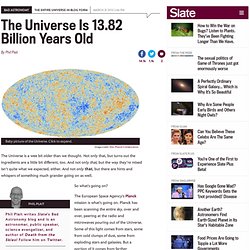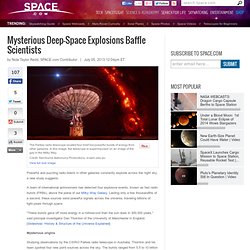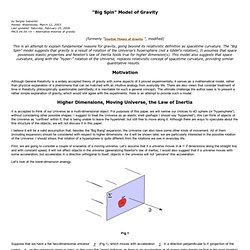

Astronomer. An astronomer is a scientist who studies celestial bodies such as black holes, moons, planets, stars, nebulae, and galaxies, as well as Gamma-ray bursts and cosmic microwave background radiation.

A related but distinct subject, cosmology, is concerned with studying the universe as a whole. An astronomer researches the world beyond earth. Historically, astronomy was more concerned with the classification and description of phenomena in the sky, while astrophysics attempted to explain these phenomena and the differences between them using physical laws.
Today, that distinction has mostly disappeared and the terms "astronomer" and "astrophysicist" are interchangeable. While there is a relatively low number of professional astronomers,[citation needed] the field is popular among amateurs. Modern astronomers[edit] Galileo is often referred to as the Father of Modern Astronomy. Astronomers who serve as faculty spend much of their time teaching undergraduate and graduate classes. See also[edit] Hollow Earth. The Scale of the Universe 2. The Scale of the Universe 2 — Other Languages. Interactive Sky Map. Age of the universe: Planck results show universe is 13.82 billion years old.
The Universe is a wee bit older than we thought.

Not only that, but turns out the ingredients are a little bit different, too. And not only that, but the way they’re mixed isn’t quite what we expected, either. And not only that, but there are hints and whispers of something much grander going on as well. The European Space Agency’s Planck mission is what’s going on. Planck has been scanning the entire sky, over and over, peering at the radio and microwaves pouring out of the Universe. This light was first emitted when the Universe was very young, about 380,000 years old.
The light from the early Universe shows it’s not smooth. What started out as quantum fluctuations when the Universe was smaller than a proton have now grown to be the largest structures in the cosmos, hundreds of millions of light years across. And those fluctuations are the key to Planck’s observations. What does all this mean? The Universe is 13.82 billion years old. And that range includes 13.82 billion years. Les mystères de Spooky, l'astéroïde d'Halloween. Tchouri: de l'oxygène en abondance dans l'atmosphère de la comète. Michio Kaku: The Universe in a Nutshell. The Earth - A Living Creature (The Amazing NASA Video) NG Live!: The Power of Photography to Prove.
Black Hole: Star Eater. Art by Mark A.

Garlick. Gaia hypothesis. The study of planetary habitability is partly based upon extrapolation from knowledge of the Earth's conditions, as the Earth is the only planet currently known to harbour life The Gaia hypothesis, also known as Gaia theory or Gaia principle, proposes that organisms interact with their inorganic surroundings on Earth to form a self-regulating, complex system that contributes to maintaining the conditions for life on the planet.

Topics of interest include how the biosphere and the evolution of life forms affect the stability of global temperature, ocean salinity, oxygen in the atmosphere and other environmental variables that affect the habitability of Earth. Introduction[edit] Less accepted versions of the hypothesis claim that changes in the biosphere are brought about through the coordination of living organisms and maintain those conditions through homeostasis. In some versions of Gaia philosophy, all lifeforms are considered part of one single living planetary being called Gaia. Mysterious Extragalactic Explosions Baffle Astronomers. Powerful and puzzling radio blasts in other galaxies constantly explode across the night sky, a new study suggests.

A team of international astronomers has detected four explosive events, known as fast radio bursts (FRBs), above the plane of our Milky Way Galaxy. Lasting only a few thousandths of a second, these sources send powerful signals across the universe, traveling billions of light-years through space. "These bursts gave off more energy in a millisecond than the sun does in 300,000 years," said principal investigator Dan Thornton of the University of Manchester in England. [Slideshow: History & Structure of the Universe Explained] Mysterious origins Studying observations by the CSIRO Parkes radio telescope in Australia, Thornton and his team spotted four new point sources across the sky. These newfound objects allowed the researchers to calculate that an FRB should occur once every 10 seconds. Parallel Universes. Gravity. Big Spin" Model of Gravity.
By Sergey Ivanenko Posted: Wednesday, March 12, 2003 Last updated: Saturday, February 25, 2006 PACS 04.50.

+h – Alternative theories of gravity (formerly "Inertial Theory of Gravity ", modified) This is an attempt to explain fundamental reasons for gravity, going beyond its relativistic definition as spacetime curvature. The “Big Spin” model suggests that gravity is a result of rotation of the Universe’s hypersphere (not a Gödel's rotation).